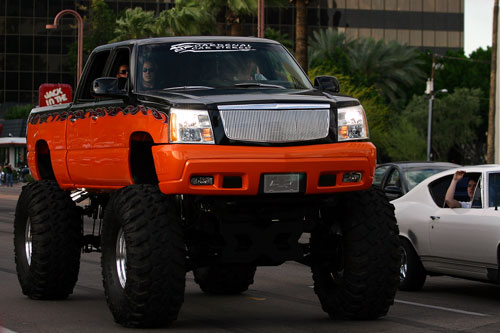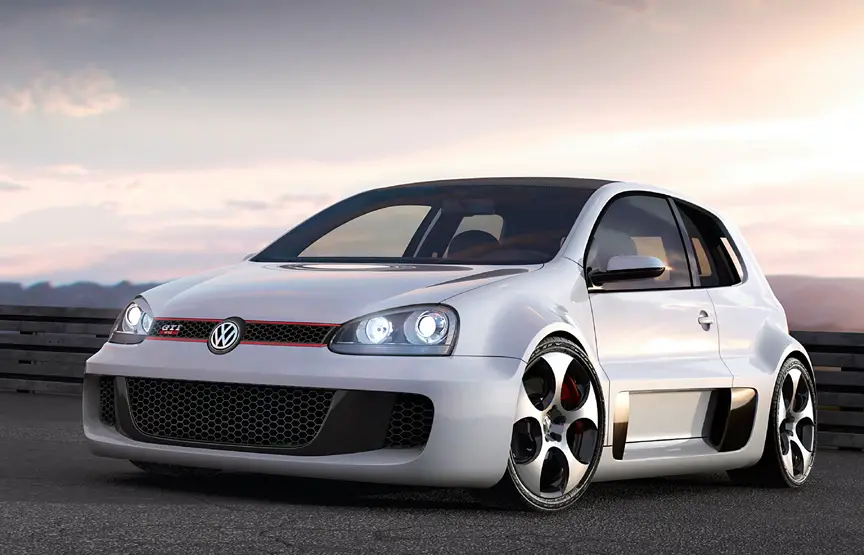Tuesday 31 May 2011
Thursday 26 May 2011
Wednesday 25 May 2011
Saturday 21 May 2011
Ferrari California Cools Pics





Ferrari California - What the Auto Press Says
The 2010 Ferrari California ranks 4 out of 8 Exotic Sports Cars. This ranking is based on our analysis of 16 published reviews and test drives of the Ferrari California, and our analysis of reliability and safety data.
The 2010 Ferrari California is an exotic wonder that handles just as marvelously on the track as it does on long-distance pleasure cruises. Competitors may offer more power and sportier capabilities, but few are as practical or luxurious. "The California represents a new chapter for the Italian coachbuilder in an already amazing book filled with super exotic masterpieces," writes Motor Trend. "Da Vinci would be proud."
Introduced in 1957, the Ferrari California nameplate has long served as a symbol of exclusivity and escapism. Nowhere is this more evident than in the 1986 cult-classic Ferris Bueller's Day Off, in which bad-boy Ferris convinces his uptight buddy, Cameron, to steal his father's much-loved 1961 Ferrari 250 GT California Spyder for a day out on the town.
The 2010 Ferrari California, however, is significantly different from its predecessor. Automobile Magazine explains: "The California is full of firsts: it's the first-ever front-mounted V-8-engined Ferrari, it's the first use of direct injection in a Ferrari, and it's Ferrari's first dual-clutch automated manual transmission. It's also the first Ferrari built on a modular architecture, and the first built on a new production line that is downright spooky in its modernity."
Indeed, the 2010 Ferrari California is unique. It’s the only exotic sports car under $200K to feature an automatic retractable hardtop and boasts the most cargo room in its class. Compared to its rivals, the 2010 Ferrari California is not the most capable sports performer. However, it’s hard to knock a car that has a top speed of 193 mph and can blast from 0 to 62 mph in less than four seconds. Car and Driver explains, "The California is milder [than the F430], a car that's certainly capable of stimulating adrenal glands but is also sufficiently docile -- dare we say practical? -- to serve as an everyday driver."
Friday 20 May 2011
About Dodge Challenger Cars
The first car that carried the Challenger name was the limited edition 1959 Dodge Silver Challenger. This was a six-cylinder or V-8 model available only in silver paint and only on a two-door body. It came with many extra features at no cost, such as wall-to-wall deep pile carpeting, premium white wall tires and wheel covers, luxury fabrics and upgraded interior and electric windshield wipers.
The first generation Dodge Challenger was a pony car built from 1970 to 1974, using the Chrysler E platform and sharing major components with the Plymouth Barracuda. The second generation, from 1978 to 1983, was a badge engineered Mitsubishi Galant Lambda. The third, and current generation, was introduced in 2008 as a rival to the evolved fifth generation Ford Mustang and the reintroduced fifth generation Chevrolet Camaro.




Engines
Engine choices included the following:
- C: 225 cu in (3.7 L) Slant 6 I6: 145 bhp (108 kW) 1970–1972
- G: 318 cu in (5.2 L) LA V8: 230 bhp (172 kW) 1970–1974
- H: 340 cu in (5.6 L) LA V8: 275 bhp (205 kW) 1970–1973
- J: 340 cu in (5.6 L) LA V8 Six-Pack: (3 × 2-barrel carburetors) 290 bhp (216 kW) 1970 *T/A
- J: 360 cu in (5.9 L) LA V8: 245 bhp (183 kW) 1974
- L: 383 cu in (6.3 L) B V8: 290 bhp (216 kW) and 330 bhp (246 kW) 1970–1971
- N: 383 cu in (6.3 L) B V8: 335 bhp (250 kW) 1970–1971
- U: 440 cu in (7.2 L) RB V8: Available in Magnum 4-barrel carbureted form 375 bhp (280 kW) 1970–1971
- V: 440 cu in (7.2 L) RB V8 Six-Pack: (3 × 2-barrel carburetors) 390 bhp (291 kW)/490 lb·ft (664 N·m) 1970–1971
- R: 426 cu in (7 L) Hemi V8: 425 bhp (317 kW)/490 lb·ft (664 N·m), costing an extra US$1,228 with very few sold. 1970–1971
All figures above are SAE gross HP ratings, which were tested with no accessories, no air cleaner, or open dyno headers. Chrysler did underrate their performance engines with current tests by Mopar Magazine and others, which have built and dyno-tested the 426, 440 6 bbl, 440, 340 6 bbl, and 340 in 100% stock configuration (SAE net). Results have come within 1% of the above rated power SAE gross HP. The 360 four barrel horsepower quoted above is SAE net (not SAE gross). SAE net ratings became required by federal law starting with the 1972 model year. Also, the 340 four barrel was re-rated as 240 SAE net in 1972-1973.
Performance 1/4 mile
- 340: 14.8 @ 96 mph (154 km/h)
- 340 T/A: 14.3 @ 99.5 mph (160.1 km/h) 4-speed with 3.55; it was the same car used on all published tests.
- 383 2-barrel: 15.1 @ 96 mph (154 km/h)
- 383 Magnum R/T: 14.3 @ 99 mph (159 km/h)
- 440 Magnum R/T: 13.8 @ 102 mph (164 km/h)
- 440 Six-Pack: 13.4 @ 107 mph (172 km/h)
- 426 Hemi: 13.2 @ 108 mph (174 km/h)
Serial numbers
ex. JS27R0B100001
- J: Car line, Dodge Challenger
- S: Price class (H-High, S-Special)
- 27: Body type (23-Hardtop, 27-Convertible, 29-Sports hardtop)
- R: Engine code (see engines above)
- 0: Last digit of model year
- B: Assembly plant code (B-Hamtramck, E-Los Angeles)
- 100001: Consecutive sequence number
Production numbers
- 1970 = 76,935 *includes 2,539 T/As
- 1971 = 26,299
- Hardtop I6: 1,672
- Hardtop V8: 18,956
- Convertible I6: 83
- Convertible V8: 1,774
- Hardtop V8 R/T: 3,814
- 1972 = 22,919
- Hardtop I6: 842
- Hardtop V8: 15,175
- Hardtop V8 Rallye: 8,123
- 1973 = 27,930
- Note: All models were V8-powered hardtops
- 1974 = 11,354
- Note: All models were V8-powered hardtops





 Big car
Big car
























